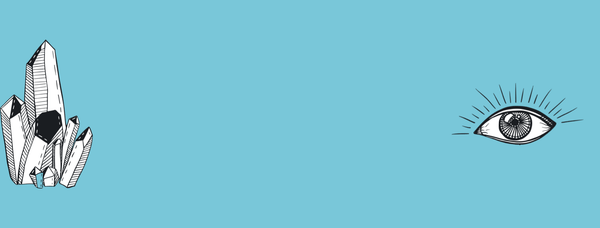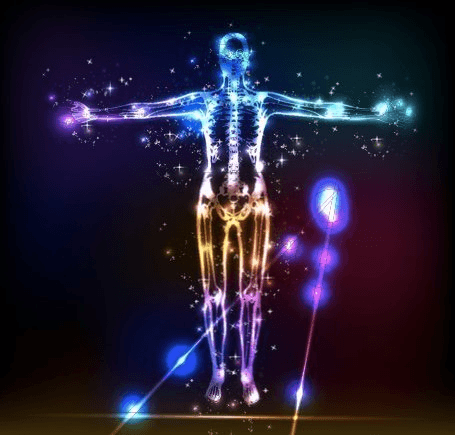The Secret of Your DNA Unraveled

Your 37.2 trillion cells are made up of between 90 and 140 million proteins that can change every moment. In turn these proteins are made up of hundreds of thousands of smaller units called amino acids. According to mainstream science, a sequence of amino acids determines the function of each of these proteins, but there is more to unravelling DNA if we look at it beyond its 3-D structure.
First scientists tried to break the genetic code by conducting the Human Genome Project, and now researchers at the University of North Carolina are attempting to unravel epigenetic code through clinical research tools that look at the histone proteins of fruit flies.
Is all this genetic examination yielding any secrets of the ultimate code which makes us human, or is science missing something? Why have scientists still not unraveled the biggest secrets of our DNA?
Scientists have created a new research tool, based on the fruit fly, to help crack the histone code. This research tool can be used to better understand the function of histone proteins, which play critical roles in the regulation of gene expression in animals and plants, but even beyond histone regulation – one of the first glimmers of mainstream science paying attention to epigenetics – there are layers of our DNA which we can examine still more deeply.
From a 5-D perspective and beyond, and even new theoretical physics models of DNA, quantum entanglement is what holds our DNA together to make us into a human being, rather than a fruit fly or a monkey.
In an article published by Technology review it states,
“. . . the weird laws of quantum mechanics may be more important for life than biologists could ever have imagined. Their new idea is that DNA is held together by quantum entanglement.
Entanglement is the weird quantum process in which a single wavefunction describes two separate objects. When this happens, these objects effectively share the same existence, no matter how far apart they might be.
The question that Elisabeth Rieper at the National University of Singapore and a couple of buddies have asked is what role might entanglement play in DNA. To find out, they’ve constructed a simplified theoretical model of DNA in which each nucleotide consists of a cloud of electrons around a central positive nucleus. This negative cloud can move relative to the nucleus, creating a dipole. And the movement of the cloud back and forth is a harmonic oscillator.
When the nucleotides bond to form a base, these clouds must oscillate in opposite directions to ensure the stability of the structure.
Rieper and co ask what happens to these oscillations, or phonons as physicists call them, when the base pairs are stacked in a double helix.
Phonons are quantum objects, meaning they can exist in a superposition of states and become entangled, just like other quantum objects.
To start with, Rieper and co imagine the helix without any effect from outside heat. “Clearly the chain of coupled harmonic oscillators is entangled at zero temperature,” they say. They then go on to show that the entanglement can also exist at room temperature.
That’s possible because phonons have a wavelength which is similar in size to a DNA helix and this allows standing waves to form, a phenomenon known as phonon trapping. When this happens, the phonons cannot easily escape. A similar kind of phonon trapping is known to cause problems in silicon structures of the same size.
That would be of little significance if it had no overall effect on the helix. But the model developed by Rieper and co suggests that the effect is profound.
Although each nucleotide in a base pair is oscillating in opposite directions, this occurs as a superposition of states, so that the overall movement of the helix is zero. In a purely classical model, however, this cannot happen, in which case the helix would vibrate and shake itself apart.
So in this sense, these quantum effects are responsible for holding DNA together.”
In effect, quantum entanglement effects how DNA is read by the cell.
Here’s where it gets really fascinating.
Neuroscientists still don’t fully understand consciousness, but the “observer effect” documented in the famous double-slit experiment made it patently clear that not only is the brain like a massive quantum computer, but it also interacts with a non-local consciousness – in other words, our thoughts are interacting with matter in order to create it – and this includes how we “create” our bodies, right down to our cells and DNA.
If quantum objects can appear in more than one place at a time, and as the Taoists, Buddhists, and other mystics have suggested, all things are interdependent, AND our DNA is encoded at the tiniest level of physical matter, beyond even quarks and leptons, then it would follow that our DNA is interfacing with quantum reality in order to create what is – a jellyfish, a zebra, or a human being. And also, to affect how that thing organizes. This means that our DNA is signaled from Quantum Intelligence how to signal cells to multiply or die, and therefore, how healthy and energetic our physical bodies will be.
Beyond histones, proteins, and even cells themselves, we can only begin to truly understand DNA when we look at it from a quantum perspective. As some have put it quantum “woo” is weird, but it is not “wrong.” Though mainstream science, aside from quantum biologists and quantum physicists, have yet to acknowledge the quantum nature of our DNA, we cannot truly unravel the secrets of this building block of life until we do.











